Description
Product Description
Human Dermal Fibroblasts (HDF) are the most prevalent cell in human dermis, and one of the most important architects of cutaneous would healing [1]. The fibroblast is a malleable cell, capable of altering its function and physiology or even transforming into a new cell type, based on its location within the body. The dermal fibroblast also has the unique title of being the first human somatic cell to be induced into a pluripotent stem cell line [2,3].
iXCells Biotechnologies provides high quality Human Dermal Fibroblasts (HDF) from normal donors including neonatal foreskin (Cat# 10HU-013) and adult skin, or from adult skin of Type 1 Diabetes (Cat# 10HU-219) patients. These cells are derived from the dermis of normal human neonatal foreskin or adult skin and cryopreserved at the end of primary culture. HDF are negative for HIV-1, HBV, HCV, mycoplasma, bacteria, yeast, and fungi. They can further expand inFibroblast Growth Medium (Cat# MD-0011) for no more than 3 passages under the condition suggested by iXCells Biologies. Further expansion may decrease the proliferation rate and purity.

Figure 1. (A) Human Neonatal Dermal Fibroblasts (10HU-013). (B) Human Adult Dermal Fibroblasts (10HU-014).
Product Details
| Tissue | Human Dermal Fibroblasts, Normal (Neonatal foreskin, adult skin) |
| Package Size | 0.5×106cells/vial, 1.0×106cells/vial |
| Shipped | Cryopreserved |
| Storage | Liquid nitrogen |
| Growth Properties | Adherent |
| Media | Fibroblast Growth Medium (Cat# MD-0011) |
References
[1] Lauren E. Tracy, Raquel A. Minasian, and E.J. Caterson (2016) Extracellular Matrix and Dermal Fibroblast Function in the Healing Wound. Adv Wound Care (New Rochelle). 2016 Mar 1; 5(3): 119–136.
[2] Takahashi K, Yamanaka S. (2006) Induction of pluripotent stem cells from mouse embryonic and adult fibroblast cultures by defined factors. Cell; 126:663–676.
[3] Kazutoshi Takahashi 1, Koji Tanabe, Mari Ohnuki, Megumi Narita, Tomoko Ichisaka, Kiichiro Tomoda, Shinya Yamanaka. (2007) Induction of pluripotent stem cells from adult human fibroblasts by defined factors. Cell; 131:861–872.

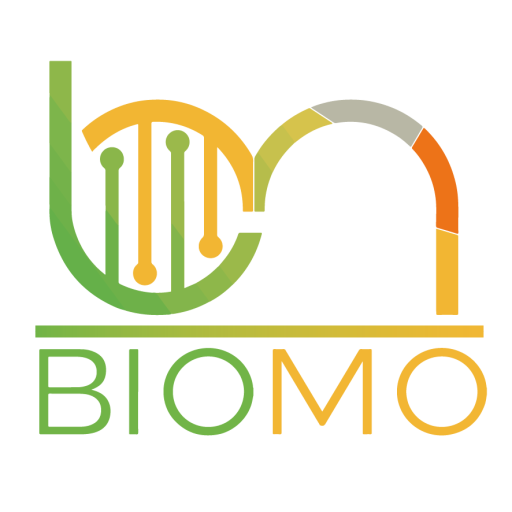
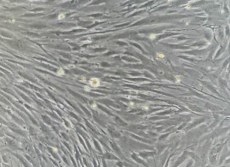
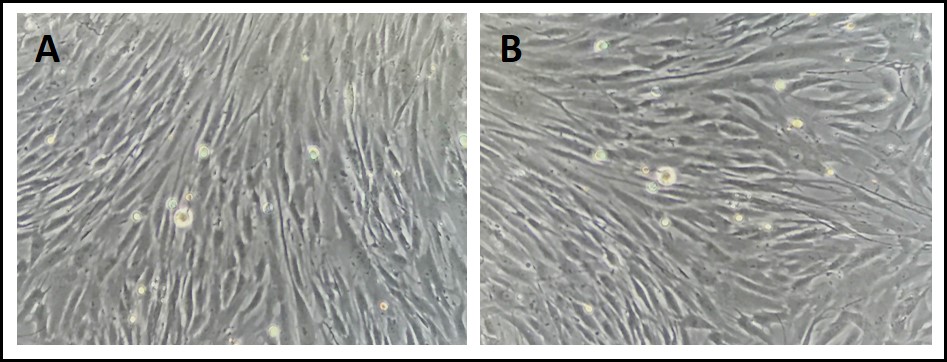

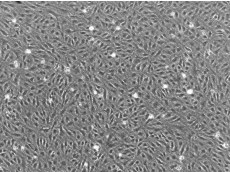
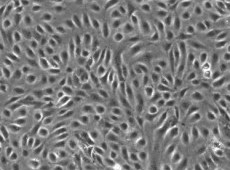

Reviews
There are no reviews yet.